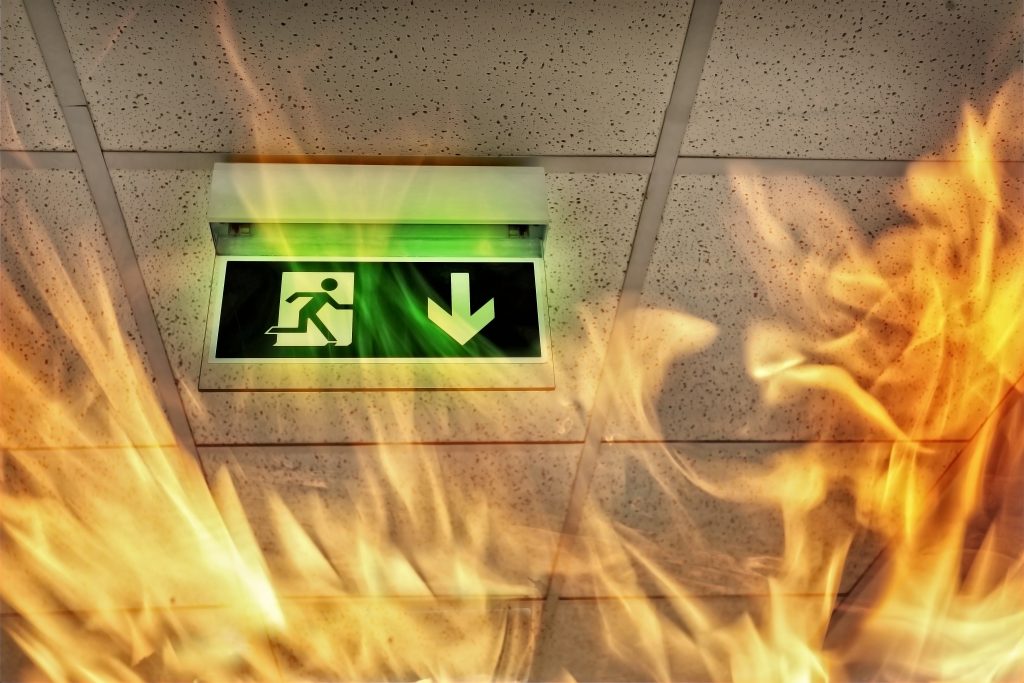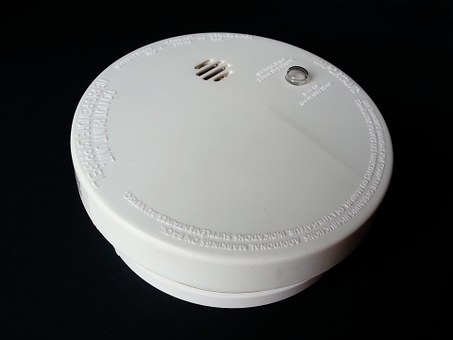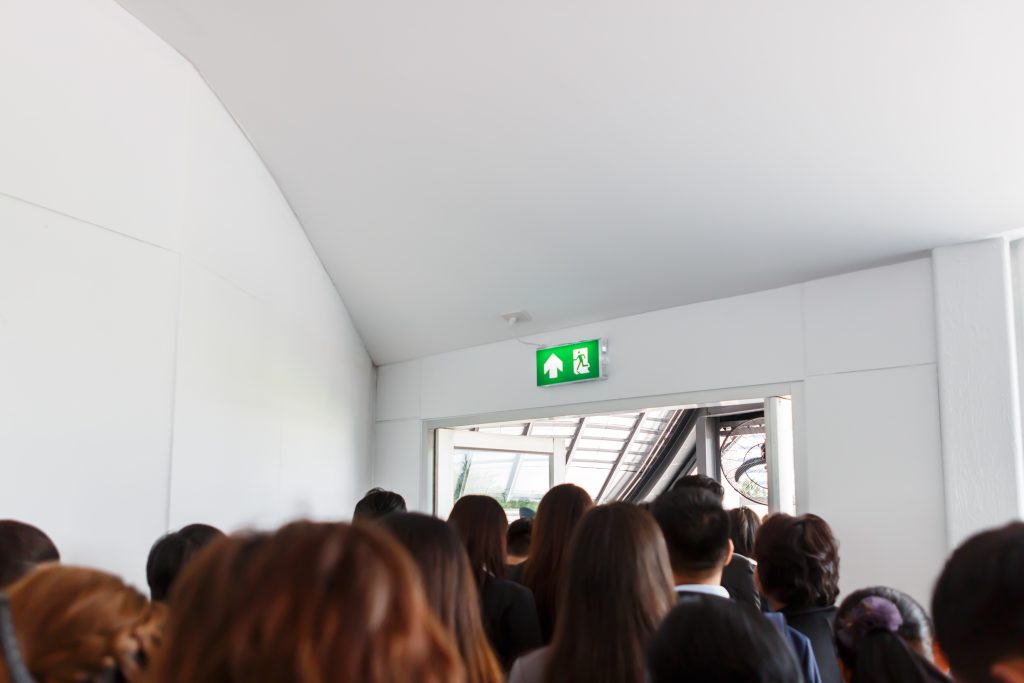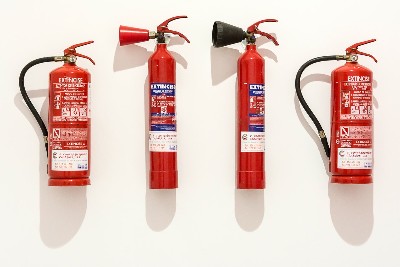Fire Safety Tips: Top 10

Fire safety is the responsibility of everyone. So, here are our top 10 fire safety tips you should know to make you, and those around you, a little bit safer in the event of a fire. If you need to brush your knowledge up on fire safety signs, it’ll only take a few minutes and we highly recommend you do!
1
Check the fire smoke alarms and set up regular monitoring of all fire safety systems. These are your first line of defence, so it is important they are functioning properly at all times.

2
A fire safety tips list wouldn’t be complete with a plan. So, create a fire evacuation plan if you do not already have one. If you don’t have a fire evacuation plan and you work in an environment that needs one, you should do this ASAP. In some cases, it may not need to be a very complex document and of course it requires some common sense as to what it entails.
3
Practice your fire evacuation drills. Yes, we know, everyone hates trooping out to the car park, but they are essential. In an emergency knowing the route to the fire escapes could save valuable time.

4
Know your fire extinguishers. If you use the wrong extinguisher the best result will be that the fire will not go out. The worst is that you could injure yourself or spread the fire. If, for example, you use the wrong extinguisher on burning petrol you will simply blow the burning fuel around. Carbon Dioxide extinguishers can cause injury and, if used in a confined space, even cause you to pass out. Not a good thing if there is a fire.

5
Know how to use a fire blanket. Fire blankets are absolutely the very best instant response to some fire emergencies, and they can kill the flames (and the danger of the fire spreading) very quickly. To get the most from them you really do need to know how to use them effectively, quickly, and without panicking.
6
Beware of hazardous electrical items. Electrical fires are a major source of fires and cause a significant number of injuries and deaths every year. Cheap imported battery chargers, old equipment, overloaded extensions and multi-sockets and many other electrical hazards need to be removed or changed and your equipment should have up to date Portable Appliance Testing (PAT) certification.
7
Follow your flammable material policy. That about sums this one up really. If you handle or keep flammable liquids, gas canisters or other hazardous materials then make sure you follow the procedures and keep them in safe areas.
8
Understand the role of your Fire Marshal/Warden. There will be a suitable number of people in your organisation who have additional fire training so that they can act as a Fire Marshal if there is an emergency. Part of your responsibility if you are not one is to understand who they are and what they do.

9
The penultimate fire safety tip: make sure you understand the fire safety signs. It sounds quite strange, but you would be amazed how often we encounter people don’t really know what the fire signs mean. Everyone knows what the green running man and the exit signs are telling them to do, but you would be surprised how many people see the ‘fire door’ sign and then still prop it open or lock it. There is a difference between recognising a sign and knowing what it actually means. It is well worth taking a few minutes, even if you think you know them, to review the fire signs.
10
Get to know, or create, your emergency plan. At the heart of every emergency fire plan is the simple instruction to call the fire brigade and let the experts deal with the fire. However, as we always say in these articles, how you respond is all about your local conditions which matter just as much as the overall guidelines for an emergency plan. There is no ‘one size fits all’ emergency plan because every business, every building and every workforce is different.
For help regarding an emergency plan, visit this link for more information.
